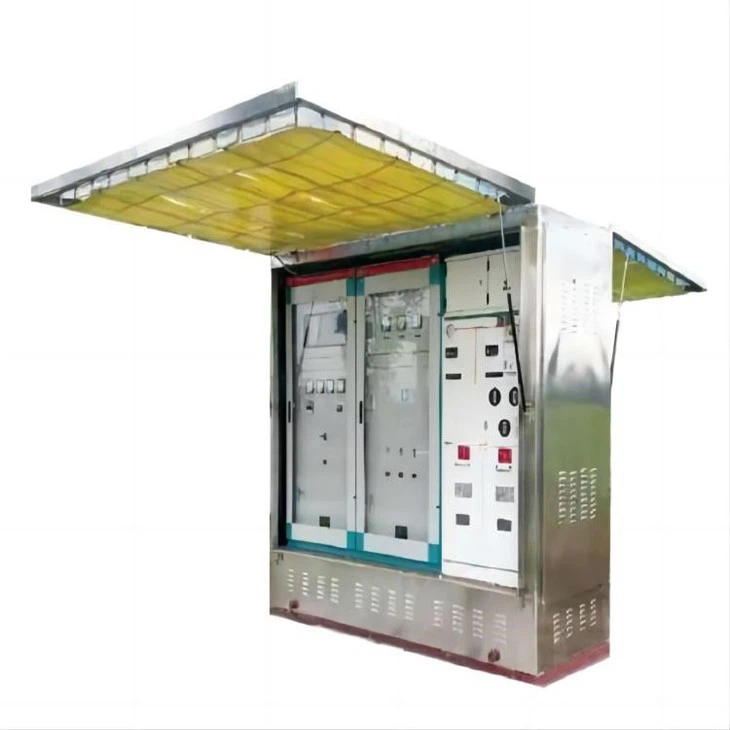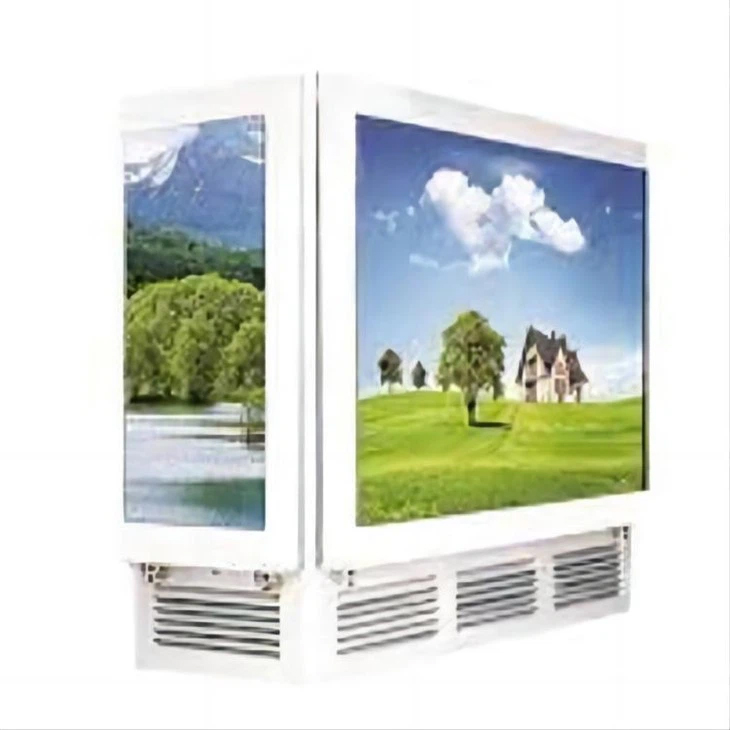
Buried Box Transformer – A More Suitable Power Distribution Solution for Modern Urban Development
1. Introduction:Buried Box Transformer
With the acceleration of urbanization, population density in cities is continuously increasing, and land resources are becoming increasingly scarce. Modern cities demand higher standards for power supply systems. Traditional box-type substations (box transformers) occupy a certain amount of space in urban power grids, which may impact the city’s landscape while generating noise and electromagnetic interference. Consequently, an alternative power supply solution better suited for modern urban development—the buried box transformer (also known as an underground substation)—has gradually gained attention.
The buried box transformer places its primary equipment underground, leaving only a control box above the surface. This design offers numerous advantages, such as space-saving, environmental beautification, enhanced power supply safety, and noise reduction, making it a significant trend in modern urban power grid construction. This article explores the characteristics, advantages, application scenarios, technological developments, and critical role of buried box transformers in urban construction.

2. Basic Structure and Working Principle of Buried Box Transformers
The core function of a buried box transformer is identical to that of a traditional box transformer, as it performs voltage transformation and power distribution. However, its structural design is more innovative, consisting of the following components:
(1) Underground Components
- Transformer Body: Typically oil-immersed or dry-type, with waterproof, moisture-proof, and corrosion-resistant properties.
- High- and Low-Voltage Switchgear: Includes high-voltage input, low-voltage output, isolation switches, and protection devices to control power distribution.
- Cooling System: Utilizes natural cooling or forced air cooling to ensure stable transformer operation in underground environments.
- Sealed Protective Structure: A specially designed sealed enclosure made of durable materials to prevent water ingress, corrosion, and external damage.
(2) Surface Components
- Control Box: Positioned above ground, containing monitoring and control devices for remote and local operation.
- Input and Output Interfaces: Connect the underground power distribution equipment to the external power grid, ensuring stable power transmission.
The buried box transformer connects to the main power grid via high-voltage cables. After the voltage is reduced by the transformer, the appropriate voltage level is supplied to end users. Its underground components feature a fully sealed structure, effectively shielding the equipment from environmental influences while improving the safety and reliability of the distribution system.

3. Advantages of Buried Box Transformers
(1) Space-Saving and Increased Land Utilization
With land resources in modern cities becoming increasingly scarce, traditional box transformers take up significant surface area. In contrast, buried box transformers place the primary equipment underground, leaving only a control box on the surface. This significantly reduces land occupation and is ideal for land-constrained areas such as city centers and high-rise building clusters.
(2) Aesthetic Enhancement and Improved Urban Landscape
Traditional box transformers are typically large metal cabinets that disrupt the overall urban landscape. Buried box transformers remain mostly hidden underground, with only a small control box visible, allowing power infrastructure to blend seamlessly into its surroundings without affecting city aesthetics.
(3) Enhanced Safety and Reduced Accident Risks
Exposed traditional box transformers are susceptible to human contact, vandalism, or natural disasters, potentially leading to accidents. Since the core equipment of a buried box transformer is underground, it is better protected from external interference, significantly reducing risks such as electric shock, fire, and short circuits. This makes it particularly suitable for densely populated urban areas.
(4) Noise and Electromagnetic Radiation Reduction
Transformers generate noise during operation, and traditional box transformers may cause disturbances in residential or office environments. The soil layer surrounding buried box transformers effectively absorbs noise, minimizing its impact on the surrounding environment. Additionally, underground installation reduces electromagnetic radiation exposure to nearby buildings and residents, enhancing environmental protection.
(5) High Weather Resistance and Adaptability to Harsh Environments
Buried box transformers are not directly exposed to harsh weather conditions such as storms, heavy snow, extreme heat, or cold. They are particularly suitable for regions with high rainfall, severe winters, or extreme heat. Compared to surface installations, buried transformers offer higher operational stability and longer service life.
(6) Intelligent Operation and Maintenance for Enhanced Power Supply Reliability
Modern buried box transformers can be equipped with remote monitoring systems to track real-time parameters such as temperature, load, and voltage. With IoT (Internet of Things) technology, these systems enable data analysis, predictive maintenance, and intelligent management, reducing manual inspection costs and improving power supply reliability.
4. Application Scenarios of Buried Box Transformers
(1) Urban Power Distribution Networks
In densely populated urban areas with limited space, traditional box transformers can be challenging to accommodate. Buried box transformers, with their compact and underground design, are ideal for upgrading and modernizing urban power distribution networks.
(2) Residential Complexes and Commercial Centers
Buried box transformers are well-suited for high-end residential communities, shopping malls, and office buildings. They provide reliable power distribution while maintaining the aesthetic appeal of the environment and minimizing noise pollution.
(3) Subway Stations, Airports, and Underground Facilities
Transportation hubs such as subways, airports, and underground parking lots have limited space and require high safety standards. Buried box transformers are highly adaptable to such environments, providing stable power supply solutions.
(4) Industrial Parks and Smart City Projects
As smart city development progresses, buried box transformers—offering intelligent maintenance, remote monitoring, and energy efficiency—are expected to be widely adopted in industrial parks and smart transportation systems.
5. Future Trends and Technological Innovations
(1) Smart Technology and Remote Monitoring
Future buried box transformers will increasingly integrate IoT, cloud computing, and big data analytics, enabling intelligent fault diagnosis, remote operation, and improved efficiency while reducing maintenance costs.
(2) Energy-Saving and Eco-Friendly Materials
New materials such as amorphous alloy cores for transformers and environmentally friendly insulating media like biodegradable oil will further reduce energy consumption and carbon emissions, supporting sustainable energy development.
(3) Advanced Protection and Sealing Designs
Research will focus on enhancing waterproofing and drainage systems for areas with high groundwater levels or unstable soil conditions, ensuring the long-term stability and reliability of buried box transformers.
(4) Modular and Standardized Construction
The future of buried box transformers will emphasize modular and standardized designs to reduce installation time, lower construction costs, and improve adaptability to various urban infrastructure projects.
6. Conclusion
As an innovative power distribution solution for modern urban infrastructure, buried box transformers provide significant benefits, including space efficiency, aesthetic improvement, safety enhancement, and intelligent management. Their growing adoption in urban power grids underscores their critical role in future city development. With continued technological advancements, buried box transformers will further expand their applications, evolving towards greater intelligence, environmental sustainability, and modular efficiency, ultimately offering safer, more efficient, and sustainable power solutions for modern cities.
